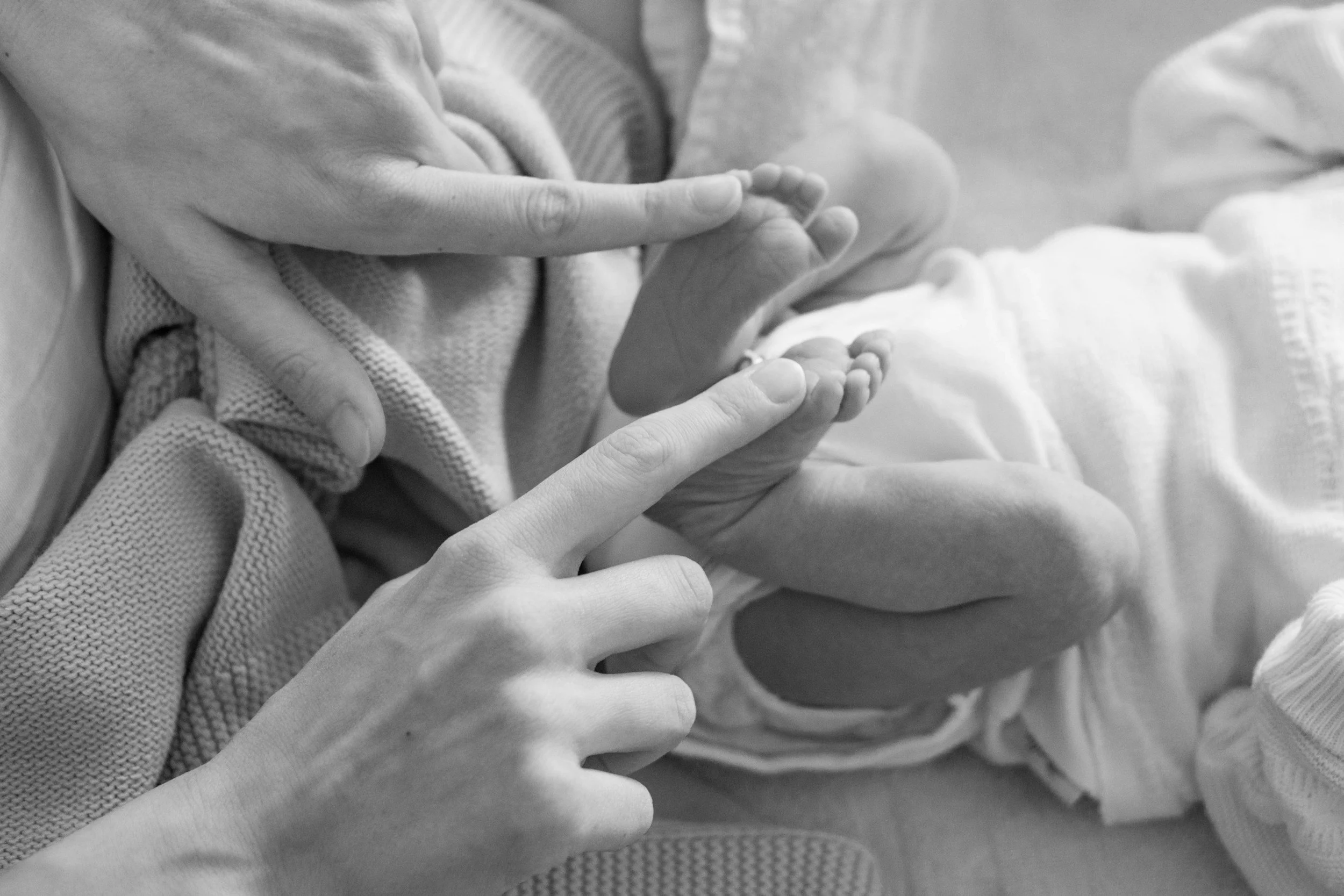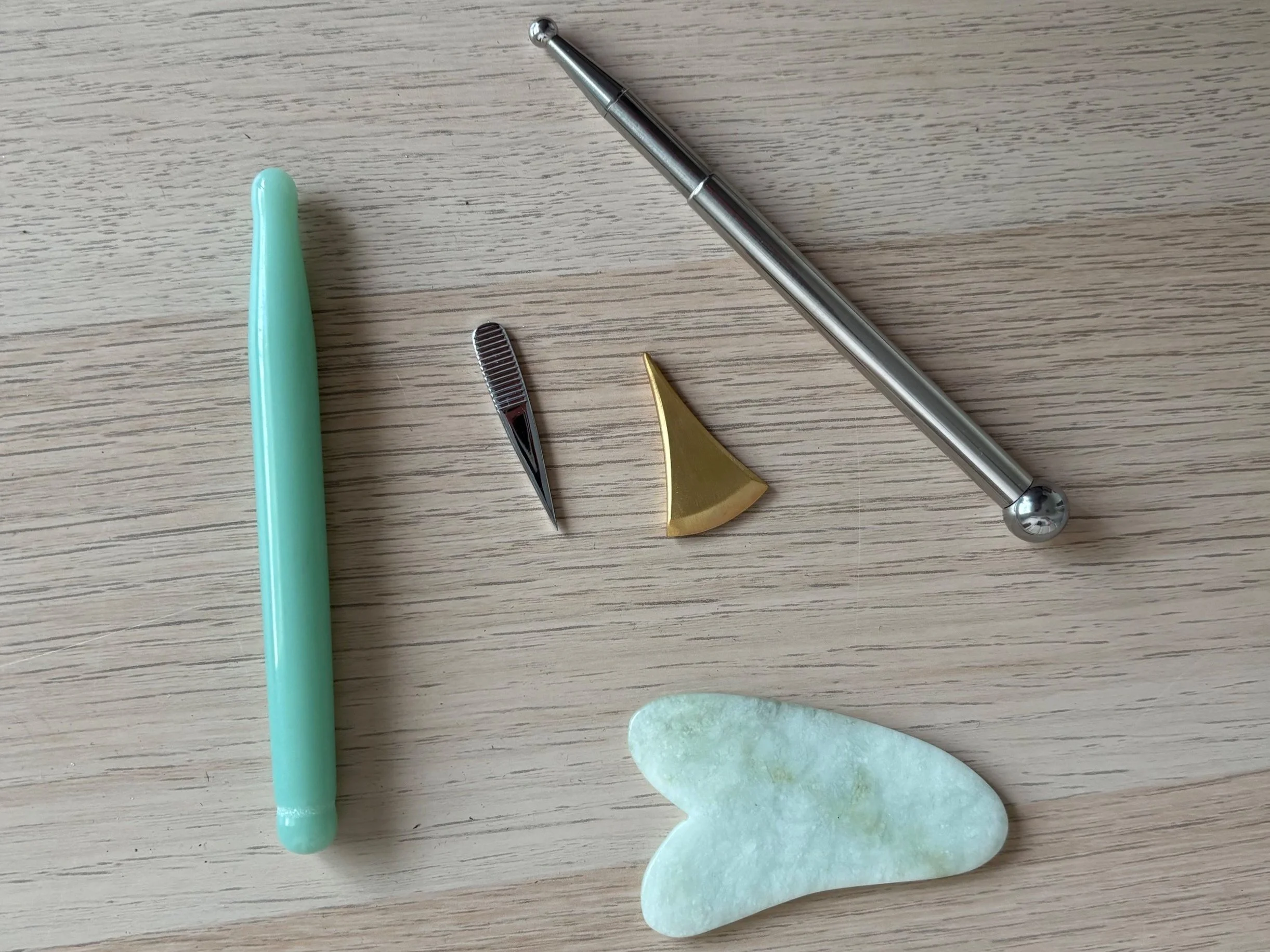
Paediatric Shonishin
Instead of needles, Shonishin utilises a variety of non-invasive techniques:
Pressing and Rubbing: Tools are used to gently press, rub, or tap on specific acupuncture points or meridians.
Round-tipped instruments/tools: These are gentle and designed to stimulate points without penetrating the skin.
Tui Na: A form of Chinese paediatric massage may also be integrated into the treatment to enhance relaxation and healing.
Shonishin, meaning child needle, is a specific technique in TCM that employs non-needle methods to stimulate acupuncture points. Instead of traditional needles, it uses gentle tools and techniques to promote healing, making it suitable for young children and infants.
What is Paediatric Shonishin
How it works
Initial Consultation: I’ll conduct a thorough assessment, including a detailed medical history, observation of physical symptoms, and inquiries about emotional and behavioural concerns. This evaluation helps determine the underlying imbalances in the child's body.
Treatment Session: sessions are typically brief, keeping the child’s comfort in mind, usually last between 30 to 60 minutes. Parents are present and can expect a calm and nurturing environment. I’ll gently apply techniques, often with the child seated or lying down comfortably. Children often respond positively to this gentle approach and may find it soothing. Treatment plans are personalised based on the child's unique health condition, age, and sensitivity level.
Ongoing Treatments: depending on the child's needs, a series of treatments may be recommended, typically spaced weekly or bi-weekly, to achieve optimal results.
What to expect
Sources
Adcock, R. (2019). Shonishin as a non‑pharmacologic approach in pediatric pain management. Journal of Acupuncture & Integrative Medicine, 29(1). https://jaimonline.org/shonishin-for-pediatric-pain-management
Avern, R. (2018). Acupuncture for Babies, Children and Teenagers: Treating both the Illness and the Child. Jessica Kingsley Publishers
Gursky, S. S., et al. (2018). Gentle stroking at CT‑optimal velocity reduces noxious‑evoked brain activity in infants. Pain, 159(8), 140–147.
Schwarz, N. (2015). Shonishin for the childhood epidemic [White paper]. ResearchGate.
Birch, S., & Wernicke, T. (2021). Introduction to Shonishin: Japanese pediatric acupuncture. KBH Akupunktur.
Pacific College of Health and Science. (2014, September 24). Shonishin: Pediatric acupuncture [Blog post].
Wernicke, T. (2014). Shonishin: The Art of Non-Invasive Paediatric Acupuncture. Jessica Kingsley Publishers


